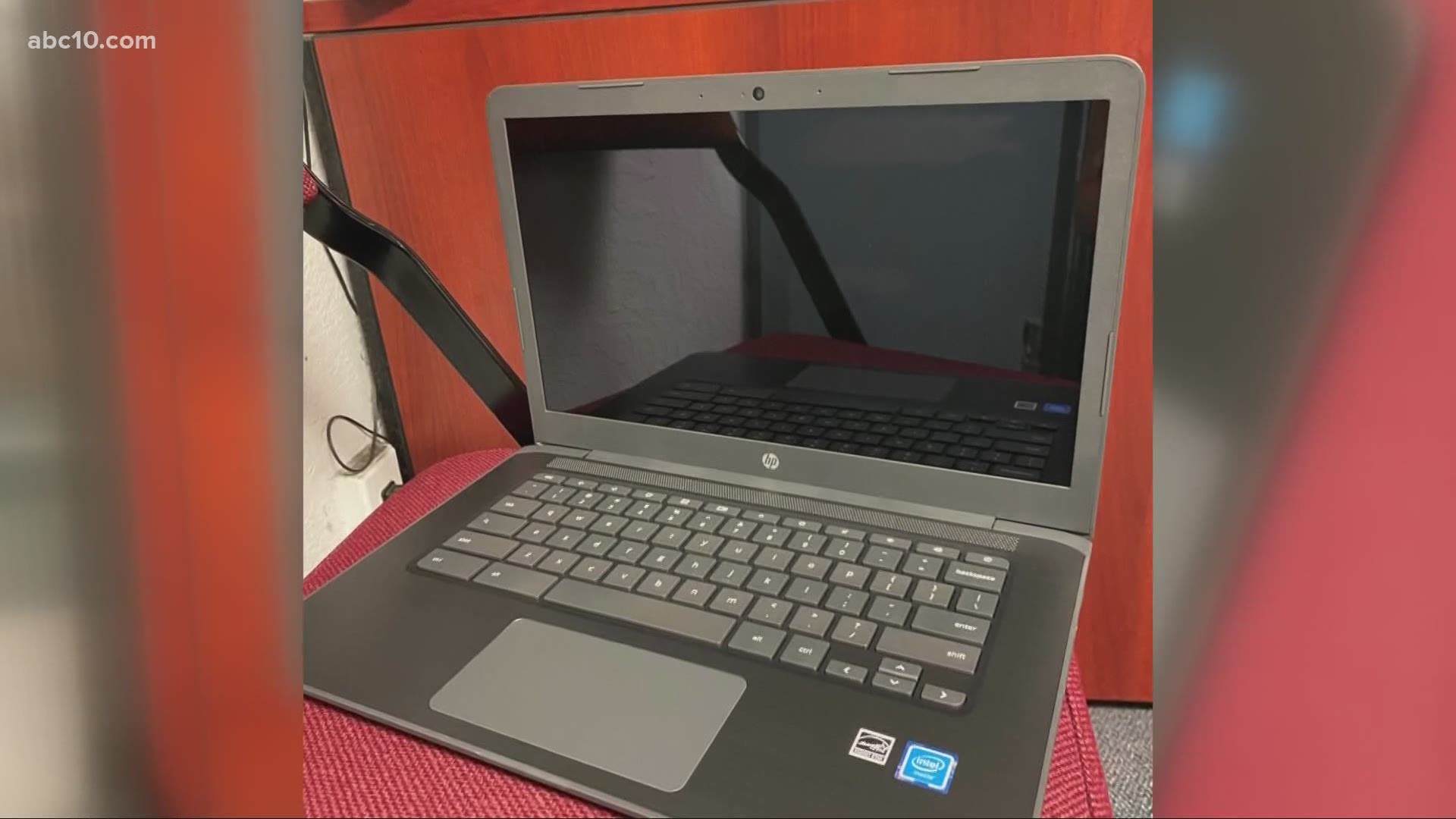SACRAMENTO, Calif. — California health officials have released guidelines for elementary schools to seek waivers allowing them to offer classroom instruction in the midst of the coronavirus pandemic.
Officials on Monday said some public and private schools in 38 counties on a state watch list can seek waivers from local health officials if they have plans for keeping students and staff safe and meet certain criteria. But the state says school reopenings can't be considered in counties with the highest rates of COVID-19 infection.
During Monday's press conference, Gov. Gavin Newsom said California appears to be getting a grip on a resurgence of the coronavirus, though he warned the state is a long way from reopening some of the businesses it shuttered for a second time last month because of rising infections and hospitalizations.
The average weekly number of positive tests is down by a fifth, to 7,764 from its peak of nearly 9,900 a week ago. The seven-day rate of tests coming back positive statewide had peaked at nearly 8% late last month but has fallen to 6.1%, he said Monday, though the rate remains much higher in some hard-hit counties.
“It’s not where it needs to be, it is still too high, but again it is good to see this number trending down, not trending up,” Newsom said.
Watch the entire news conference:
Hospitalizations, which had recently ballooned by 50%, have also fallen over the last 14 days, he said in his most upbeat briefing since the resurgence. The number of people in intensive care units because of coronavirus has also declined slightly.
Newsom credited the new restrictions that have locked down most indoor commercial activities in 38 of California’s 58 counties, as well as enforcement actions and increased compliance with his endlessly repeated cautions to maintain social distancing, wear face coverings and use proper hygiene.
The improvements are “encouraging signs, but one week does not make the kind of trend that gives us confidence to try to generate headlines,” Newsom said.
GET MORE INFO
COVID-19 BACKGROUND
According to the CDC, coronavirus (COVID-19) is a family of viruses that is spreadable from person to person. Coronavirus is believed to have been first detected in a seafood market in Wuhan, China, in December 2019. If someone is sick with coronavirus, the symptoms they may show include mild to severe respiratory illness, cough, and difficulty breathing.
Currently, there is no vaccine; however, the CDC suggests the following precautions, along with any other respiratory illness:
- Avoid close contact with people who are sick.
- Avoid touching your eyes, nose, and mouth.
- Stay home when you are sick.
- Cover your cough or sneeze with a tissue, then throw the tissue in the trash.
- Clean and disinfect frequently touched objects and surfaces using a regular household cleaning spray or wipe.
- Wash your hands with soap and water for a minimum of 20 seconds.
WHY HEALTH OFFICIALS ARE SO CONCERNED
Some people have compared the low overall death toll to the flu's high annual death toll in the United States as a reason not to be concerned about COVID-19, however, doctors and health officials are concerned for three main reasons:
- There's no vaccine yet and won't be one for until early 2021, at the soonest. Scientists are still researching what other medications could help patients.
- Some people have built up immunity to the flu, but few have immunity to COVID-19 version of coronavirus.
- Both the flu and COVID-19 are spread by droplets, but COVID-19 might be spread in the air. Scientists are researching exactly how COVID-19 spreads.

